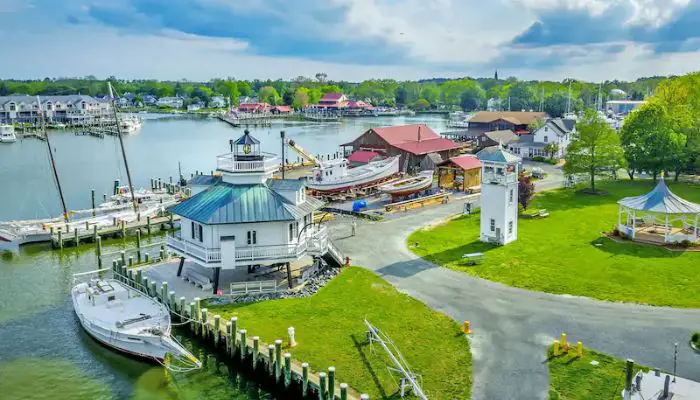Maryland is a small state that is practically split in half by the enormous Chesapeake Bay. Further west, when only 1.6 miles of destinations in Maryland stand between Virginia and Pennsylvania, the state is nearly split once more.
Maryland, which also has borders with Delaware, West Virginia, and the District of Columbia, was a theatre of the Revolution, War of 1812, and Civil Wars. It is located in the centre of Colonial America. It has played a significant part in every significant period of American history, including the Industrial Revolution, the Westward Expansion, the Space Age, and all others.
Maryland also provides visitors with a wide range of natural attractions, from the expansive beaches of its Eastern Shore to the densely forested hills of its western counties. West of the Appalachian Mountains, state parks protect lakes, waterfalls, and a variety of walking and hiking paths.
10 great tourist destinations in Maryland
Cycling routes stretch for miles along the historic C&O Canal towpath, while wildlife refuges guard vital wetlands for ducks and migratory birds. There are many activities to do in Maryland, whether your interests include history, hiking, birdwatching, sightseeing, or lazing on a beach. Follow this list of the top tourist destinations in Maryland to find the best locations to visit.
1. Antietam National Battlefield
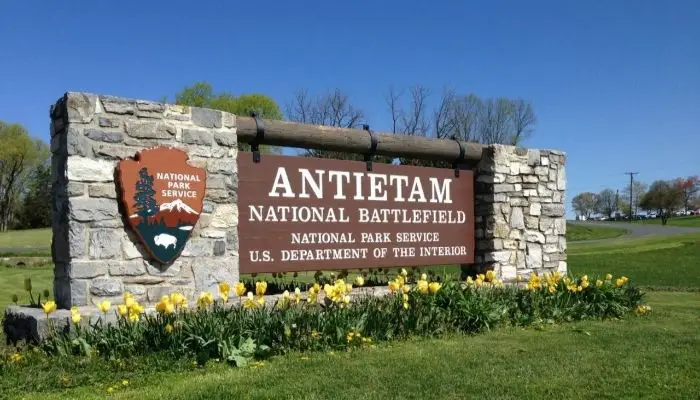
Antietam National Battlefield, the site of the Civil War’s deadliest day of combat, is one of the few locations that best exemplifies the horrific price of war. On September 17, 1862, Robert E. Lee’s Confederates were arriving from the west when they were intercepted by the Union army coming from the east. Nearly 23,000 troops lost their lives in the ensuing conflict, were injured, or were missing in combat.
The battlefield is still a rural area today, dotted with memorials commemorating both sides’ troops. Those who are interested in the Civil War will want to drive the entire eight-mile self-guided tour route; others should at least make sure to visit the Sunken Road and the old Dunker Church, the sites of the first and second battles, respectively.
2. Ocean City Boardwalk
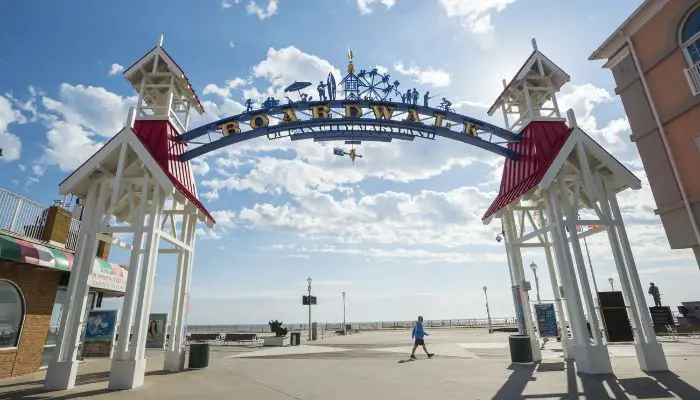
One of the most well-known beaches on the mid-Atlantic coast is Ocean City, which boasts a three-mile classic wooden boardwalk and ten miles of free public beach. Shops, a Ferris wheel, a roller coaster, a 1902 carousel, and booths offering food, including the well-known Delmarva fried chicken as well as saltwater taffy and hot funnel cakes, can be found along this well-liked promenade.
Visitors can travel between attractions on a tram, and there are frequently free concerts, movies, and other nighttime events on the beach. There is a saltwater tank inside the Ocean City Life-Saving Station Museum where you can witness local marine life.
3. American Visionary Art Museum
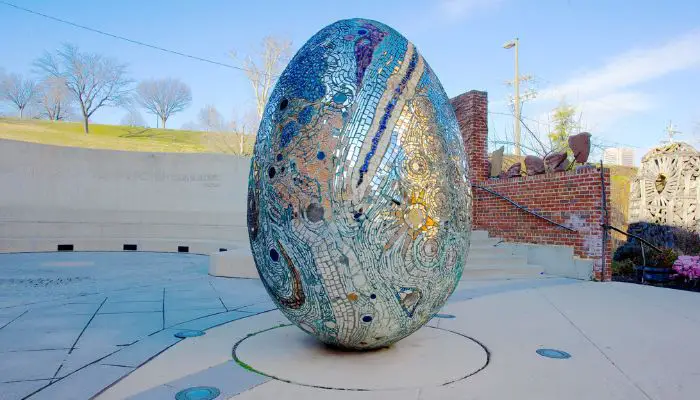
The American Visionary Art Museum showcases and honours the creations of regional and international self-taught artists. Its collection and frequently changing displays look at art in fresh ways and from different viewpoints, which is frequently startling and thought-provoking.
These can be examples of conventional folk arts that have been handed down through the years, or they might be imaginative uses of materials that were found by artists who were using whatever medium was at hand to satiate their creative urge. The displays that occupy its award-winning main building and the adjacent sculpture barn will never get old and are sure to make you happy.
4. Assateague State Park
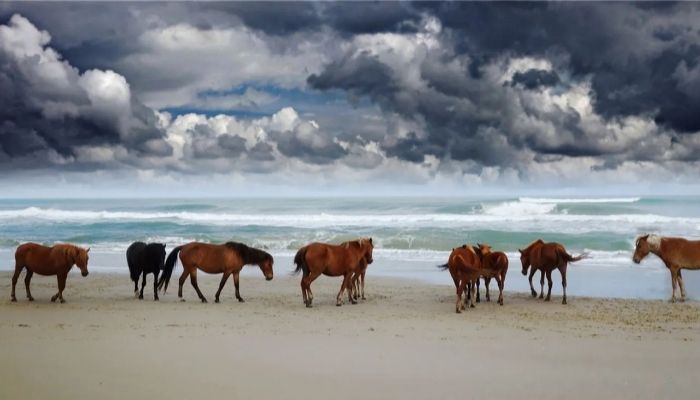
On the barrier island of Assateague Island off the Eastern Shore of Maryland sits Assateague State Park. The Atlantic Ocean’s windswept environment and a lengthy beach that is popular for swimming and surfing in the summer may be found on the island’s east side.
Visitors to the park take pleasure in fishing and kayaking on the island’s more secure bayside. Although the island is home to a variety of animals, it is renowned for the wild horses that roam the dunes and wind-blown grassland. A camp store, snack bar, picnic tables, and campsites are all present at the park. Berlin, which is roughly eight miles away, is the closest town.
5. Old Town Annapolis and William Paca House
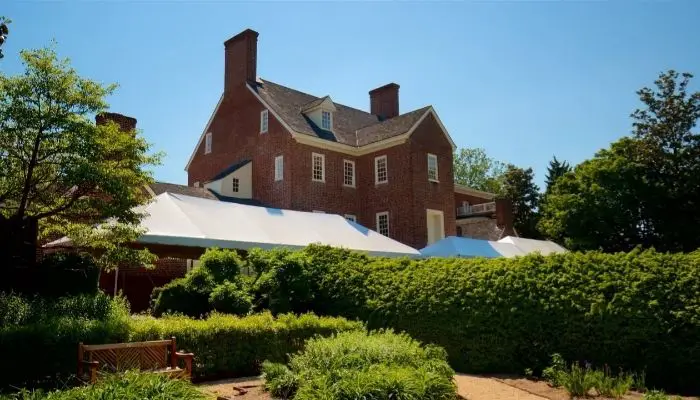
Between the Town Dock and the Maryland State House are a few blocks that are equally charming and steeped in history. The State House, which was once the US Capitol, is the oldest legislative building currently in operation.
The William Paca House and Garden, the residence of William Paca, a signer of the Declaration of Independence, is a short distance down the hill through winding alleys studded with picturesque brick and clapboard structures. The house is a superb illustration of the residence of a powerful and affluent Annapolis family during the Colonial era and is listed on the National Register of Historic Places. It has been fully restored and is furnished with period antiques and original Paca family heirlooms.
6. Baltimore Inner Harbor
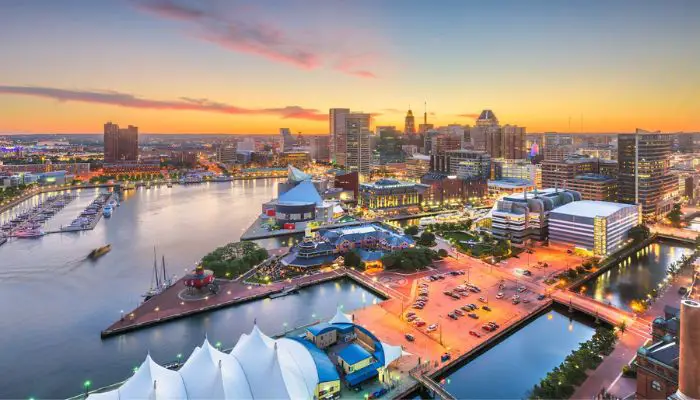
Visitors are drawn to Baltimore’s Inner Harbor because it is teeming with things to do and entertainment possibilities. There are parks, hotels, restaurants, stores, museums, and historic ships to visit throughout the entire area as well as in the nearby areas that are just a short distance from the ocean.
The most notable of these is the three-masted sloop-of-war USS Constellation, which participated in the Civil War and was used to stop slave ships off the coast of Africa. The USS Torsk submarine, US Coast Guard Cutter Taney, and Lightship Chesapeake are all accessible for tours as well.
The National Aquarium, the Visionary Art Museum, and the interactive Maryland Science Center with a planetarium are all located close to the port. Harborplace is a contemporary complex with shops, eateries, and an amphitheatre on the promenade that is highlighted by glass-enclosed pavilions.
7. Baltimore Museum of Art
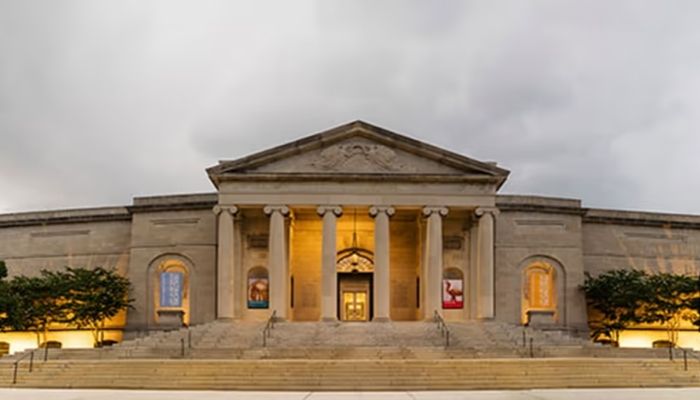
The Baltimore Museum of Art, which is renowned for its outstanding collections of 19th-century, modern, and contemporary art, currently has 95,000 pieces by artists like Pablo Picasso, Paul Cezanne, Vincent van Gogh, Andy Warhol, Joan Miró, and Marc Chagall, in addition to the largest collection of Henri Matisse’s works in the entire world.
The BMA features noteworthy collections of textiles, jewellery, and furniture in addition to works of art from Africa, Asia, and the Near East. It also exhibits sculptures, paintings, and graphic arts. With more than 2,000 items ranging from contemporary artwork to ancient Egyptian art, the African collections are among the most significant in the United States. More than 200 African cultures can be seen in the masks, headdresses, figural carvings, jewels, royal staffs, textiles, ceremonial artefacts, and pottery.
8. The Walters Art Museum
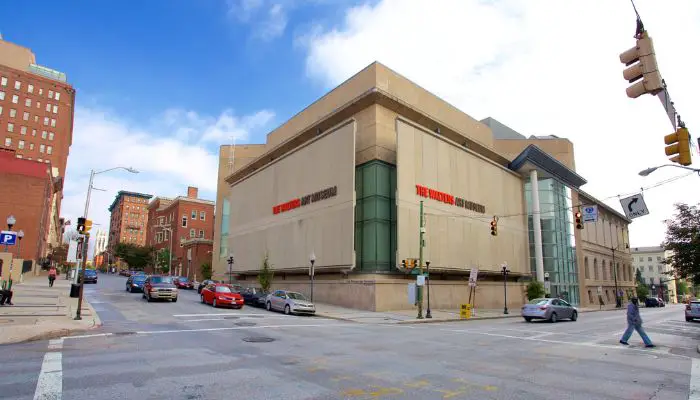
The Walters Art Museum, located in Baltimore’s Mount Vernon Cultural District, is a special cultural landmark and one of just a few organisations in the world that offers such an extensive history of international art.
The collections, which span all art forms and date from the third millennium B.C. to the early 20th century, are renowned for their excellent jewellery, enamels, ivories, bronzes, and illuminated manuscripts. They are also all wonderfully arranged and interpreted.
The collections of mediaeval and Renaissance art are exceptional, as are the antiquities from Egypt, Greece, Rome, and Byzantium. The museum provides particularly strong educational resources to encourage children to explore its exhibits.
9. National Aquarium
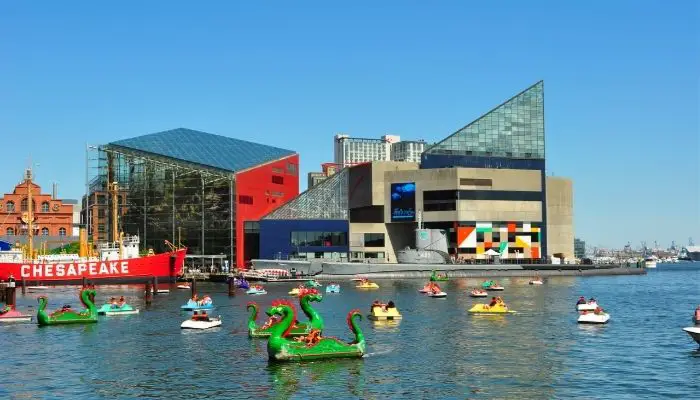
The striking structure that overlooks Baltimore’s Inner Harbor duplicates a number of habitats to serve as homes for marine creatures from throughout the globe as well as birds, animals, and appropriate plant life.
Although not all locations are submerged in water, they all have some sort of link to water. The greatest of these is the five-story Tropical Rain Forest, which may be explored at different levels from the forest floor to the treetops to witness animals like sloths and monkeys as well as other birds, frogs, and plants. The Atlantic Coral Reef Exhibit features beautiful tropical fish in addition to sharks and dolphins.
10. Fort McHenry National Monument
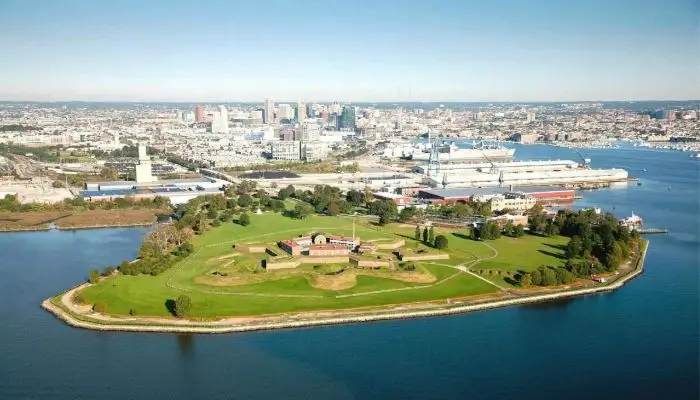
Fort McHenry, which was built in 1803 to guard the entrance to Baltimore’s major harbour, rose to fame after withstanding a British 24-hour bombardment in 1814. While Francis Scott Key was being kept as a prisoner aboard a British ship during the siege, the fort prevented the takeover of Baltimore and gave him the inspiration to create The Star Spangled Banner.
You may stroll along the fort’s walls, explore its structures, and take in a stirring multimedia show about the national anthem’s past.

